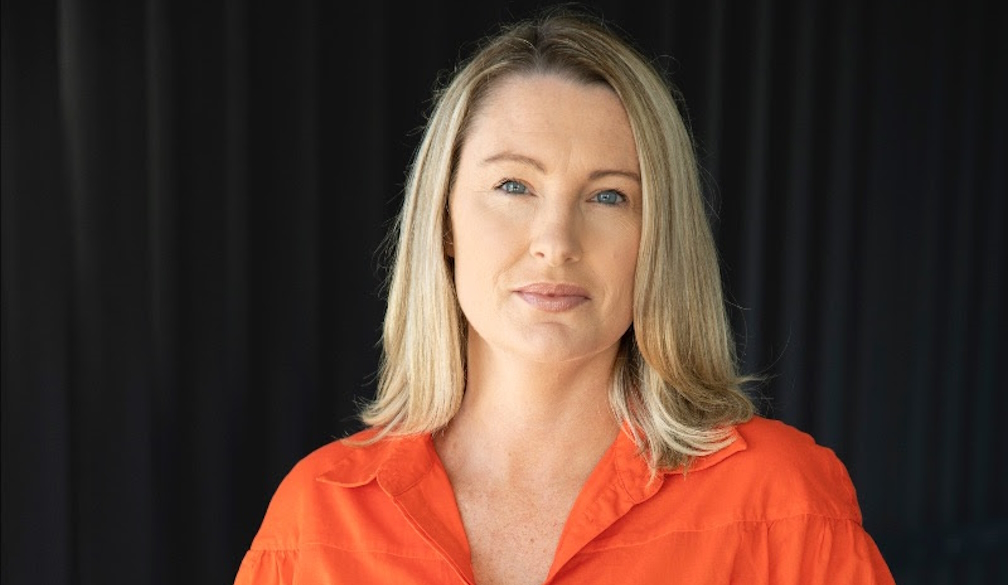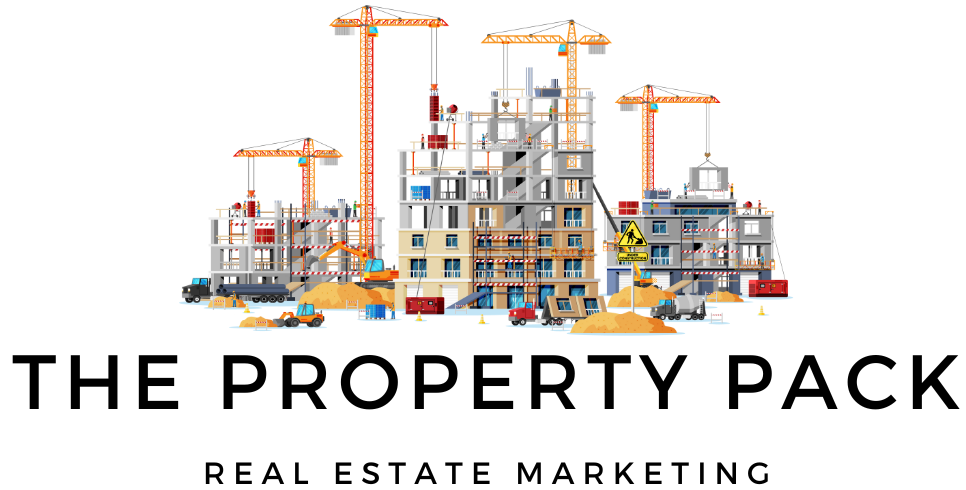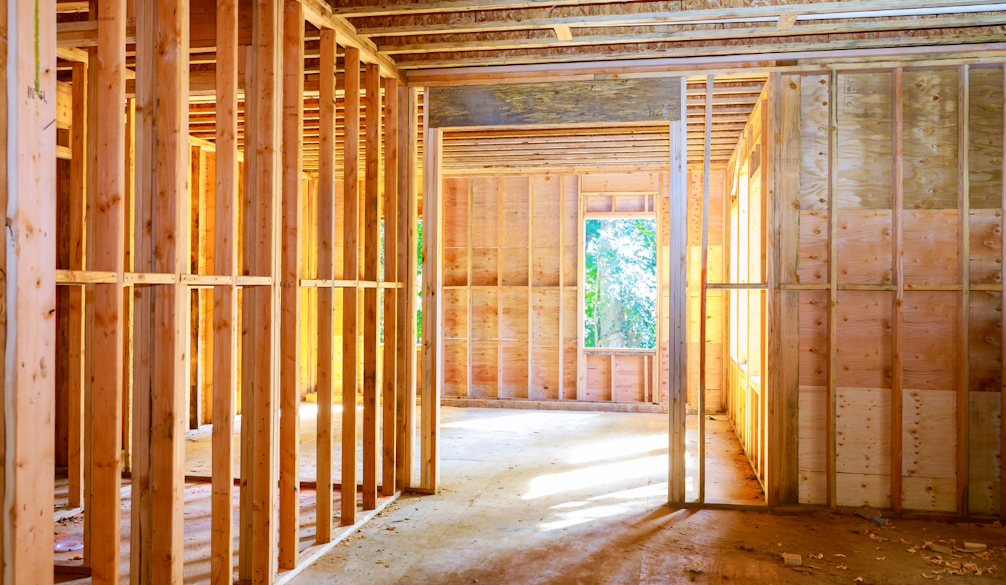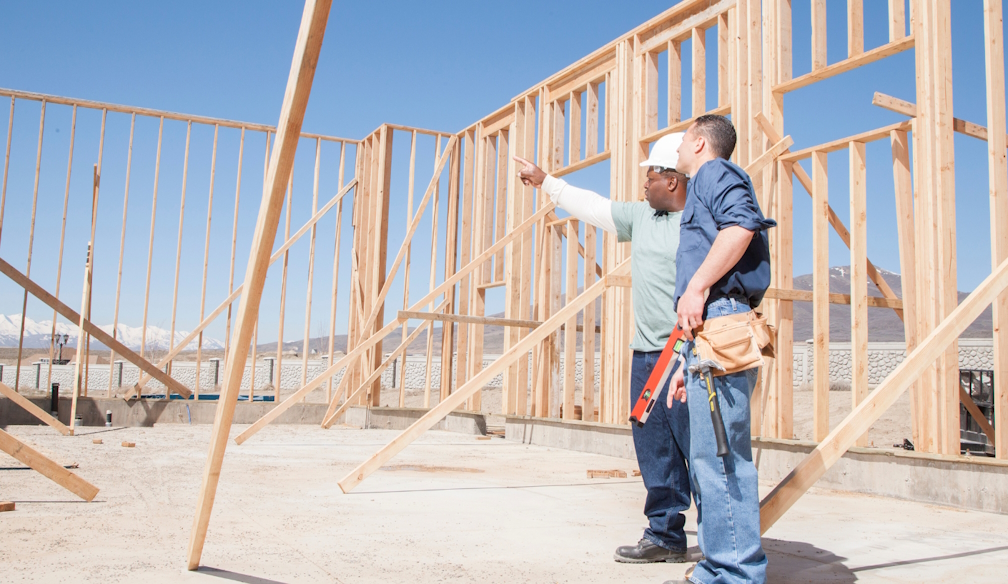2024 Property Market Outlook
- Written by Anna Porter

Residential Property Predictions
Many property commentators won’t forecast the year ahead and reveal what and/or where they think you should be buying in 2024. What markets are hot? Will there be a boom? Where’s the bust? What should you avoid?
Anna Porter, Suburbanite Principal, Expert Market Commentator and Valuer, shares her thoughts on the year ahead for the Australian Real Estate Market. She gives a non-biased perspective to help not only everyday Australians, but mum and dad investors, time poor executives, savvy investors, first home buyers and more with successful investing in 2024.
As a former valuer, Anna had seen many mortgagee in possessions tear families apart and take away from the hard work of everyday Aussies. She notes that with rising interest rates, increased costs of living and unprecedented times, there has already been a rise in mortgagee in possession sales.
This disheartens her so she now goes out of her way to help individuals avoid the traps of the spruikers and cowboys in the industry.
* Adelaide, Perth and Brisbane will continue to see the strongest market gains over 2024, even if the RBA try to put pressure on them
* A welcome correction is coming for Canberra
* Hobart will see the most pain in 2024. Darwin will be close behind
* Modest gains for Sydney in early 2024 but mortgage stress will prevail and there will be some downward pressure on pricing in the back end of the year. The fate of the Sydney market lies firmly in the hands of the RBA for 2024
* Melbourne to experience slight growth in 2024
* Keep an eye on the industrial real estate sector and seniors living sector in 2024
* Childcare to weaken in 2024 in oversupplied locations
* Building sector will continue to be hit hard in 2024 with new frameworks
ALL EYES ON ADELAIDE, PERTH AND BRISBANE
Porter's firm, Suburbanite, has been buying in Adelaide since 2016 and they expect the good times to keep on rolling in 2024.
“We still have eyes on Adelaide coming into 2024 as it has all the drivers for a solid investment market,” shares Porter.
“This growth will be matched in Perth and Brisbane where we have seen some of the strongest market gains over 2023,”
“These markets are underpinned by strong employment growth, housing affordability and strong rental returns still attracting investors and homebuyers alike to these markets.”
Porter believes Adelaide, Perth and Brisbane offer something for everyone with low entry price points for first time buyers, strong rental demand and rental growth for investors and great work and lifestyle amenities for families and retirees.
“The demand from all cross sectors is driving prices up and this doesn’t look like it will slow – even if the RBA try to put pressure on it,”
“My top tip when considering these markets is to stay within 45 minutes to the city and only look at established properties, nothing off the plan…distance from the CBD is a key player in the Adelaide, Brisbane and Perth market as people don’t commute an hour to work like in Sydney and Melbourne as they simply don’t have to.”
THE MUCH DISCUSSED SYDNEY MARKET
Sydney had a rocky start to 2023 with negative growth trends and soft selling prices but managed to rally toward the back end of the year and close out the year up just over 10 per cent in annual dwelling values as at Nov 30, 2023.
“The slowing of rate rises, and lack of housing stock has put the pricing pressure back on the Sydney market and pushed values north again,” Porter says.
“With a lack of new construction and dwelling supply, due to supply chain shortages over the past few years and a lack of skilled trade labour, the housing shortage will continue into 2024 which is in line with population growth and continued demand on housing stock,”
“The lack of housing supply will create growth in the front end of 2024 however, this will not be enough to save the Sydney market in the back end of the year.”
Expect modest gains in the Sydney market for the early part of 2024, but a high level of mortgage stress to prevail if rates continue to rise into 2024 especially given Sydneysiders carry the highest mortgages in the country.
Porter explains that with mortgage stress comes downward pressure on values because high mortgages and increased cost of living creates an affordability crunch.
“With the interest rate rises and the costs, downward trends are expected in the second half of the year,” she shares.
“Whilst there will still be a lack of supply for the market, the inevitable high demand is not enough to save the market from a continuing rate rising environment.”
Fortunately for households, the RBA’s December cash rate determination left the cash rate on hold at to 4.35% where it will remain until February 2024, before further rate rises are forecasted.
“We will see more downward pressure on pricing in the back end of the year if rates continue to rise,” she confirms.
“The rising rates will affect the $2 million plus market much more than the sub $2million market, with less building occurring for unit and high density developments due to skyrocketing construction costs,”
“The unit market will see some price increases but the $2 million plus market will feel the effects of upcoming interest rate rises,”
“The fate of the Sydney market pricing movement lies firmly in the hands of the RBA,”
“If someone is looking to invest in NSW, seeking out more affordable locations that have a strong commercial hub with employment drivers would be the way to go such as Wagga Wagga, Newcastle and Wollongong.”
A SIMILAR STORY FOR MELBOURNE
Similar trends to that of Sydney have been seen in Melbourne, with more modest gains of only 3% for the second largest capital, mostly in the back end of 2023.
“Expect to see a slight improvement on this upward growth heading in to 2024, but again, the RBA will seal the fate of the Melbourne market if rates continue to trend upward in 2024.”
THE NATION’S CAPITAL
Canberra has experienced a modest decline at just 0.3%.
“Canberra was coming off a bumper few years of unrivalled growth so this correction is expected and welcomed and may continue through to 2024,” shares Porter.
“In 2024, it is likely to be a very small decline, or a plateau of values followed by market stability for the Nation’s Capital.”
STEER CLEAR OF DARWIN AND HOBART
“There’s no secret, the markets that felt the most pain through 2023 were Hobart and Darwin with Hobart seeing a 3% decline in dwelling values and Darwin down 1.5%,” says Porter.
“Darwin and Hobart have seen a few years of pressure due to a lack of diverse job creation, lack of infrastructure spending and Hobart in particular, has been propped up by interstate investors who are now jumping ship to reduce their mortgage costs.”
This is set to continue through 2024 and Hobart is likely to see the most pain, with Darwin close behind.
WHAT'S ON THE WATCH LIST?
“It’s all eyes on Adelaide, Perth and Brisbane for 2024 residential investors,” shares Porter.
Investors should be mindful that as rates continue to rise, and likely continue rising, this will put pressure on borrowing power as banks look at income vs cost of loan.
“Sophisticated investors should keep an eye on the industrial real estate sector that will yield some strong results with a fundamental lack of available stock plaguing the sector for many years, driving demand and pricing up,”
“The senior’s living sector is also booming due to our aging population, which will continue through 2024 as well as medical assets.”
WHAT SHOULD YOU AVOID?
“Sectors that may weaken in 2024 include childcare as there is an oversupply looming in some locations,” warns Porter.
“The building sector will also be hit hard in 2024 and beyond especially older homes and units as the new 7-star energy rating framework comes into effect.”
Most major banks are calling for a national, standardised star-based rating system to measure the energy efficiency of homes in hope of reducing credit risk for borrowers susceptible to bill shock by living in inefficient properties.
“Older homes are going to have to be retrofitted to bring them up to standard with this expected push from banks and insurance companies to incentivise homeowners, or even penalise the ones that aren’t upgrading,” warns Porter.
“Many homes built prior to the 1980’s fall well outside the new compliance framework.”
This has been seen in the commercial sector and it will now flow through the residential sector.
At present, some banks offer discounts on lending for energy efficient residences by way of a ‘green loan’.
Porter also warns investors to avoid house and land packages in 2024, especially under the current lending environment.
“Finance approvals are not secure and if your circumstances change or the value changes between buying off the plan and settlement, you may not be able to complete the purchase,” she shares.
“This will be a costly mistake.”






